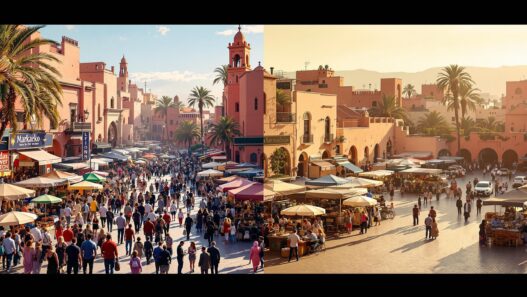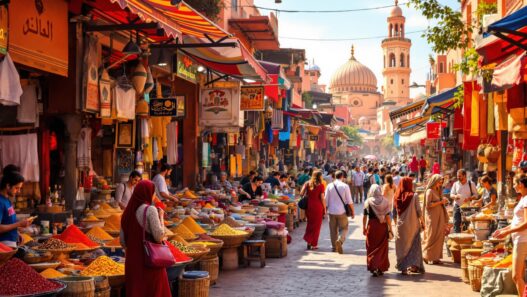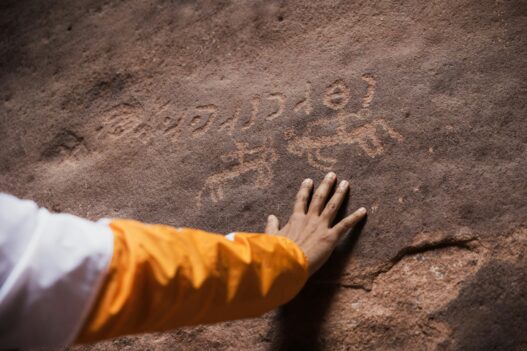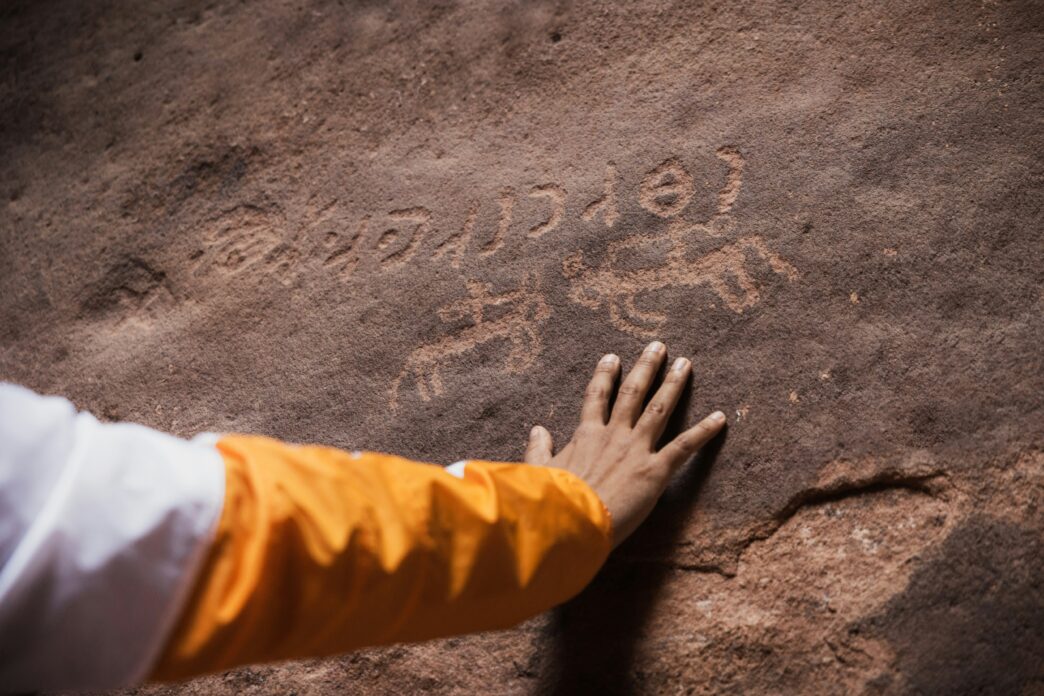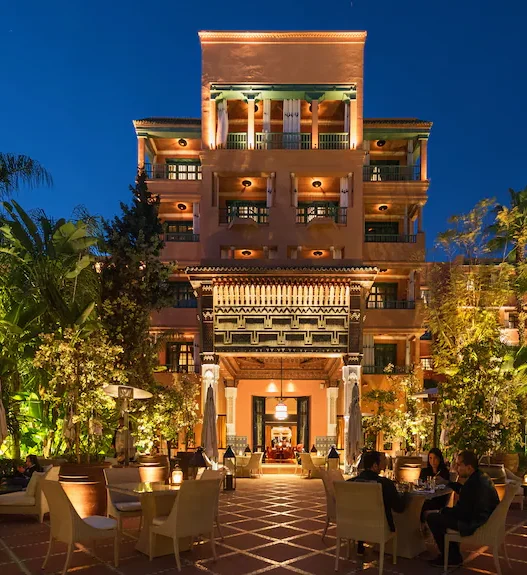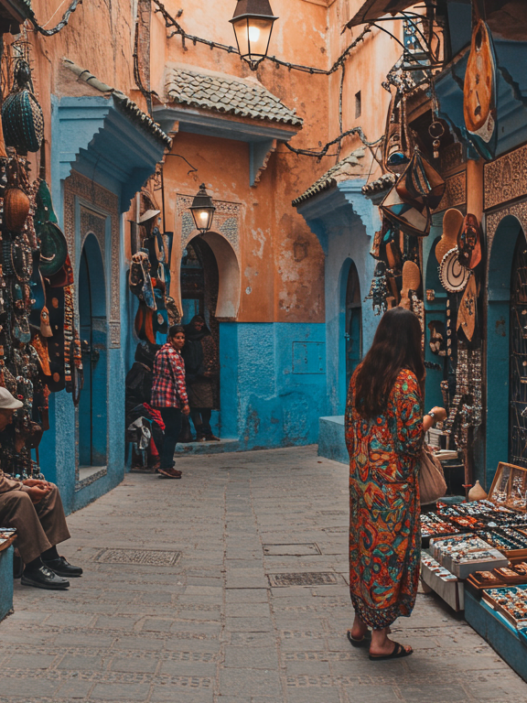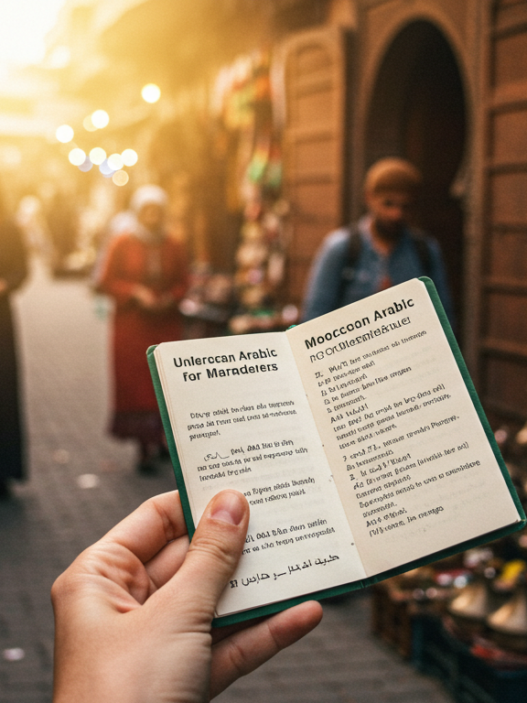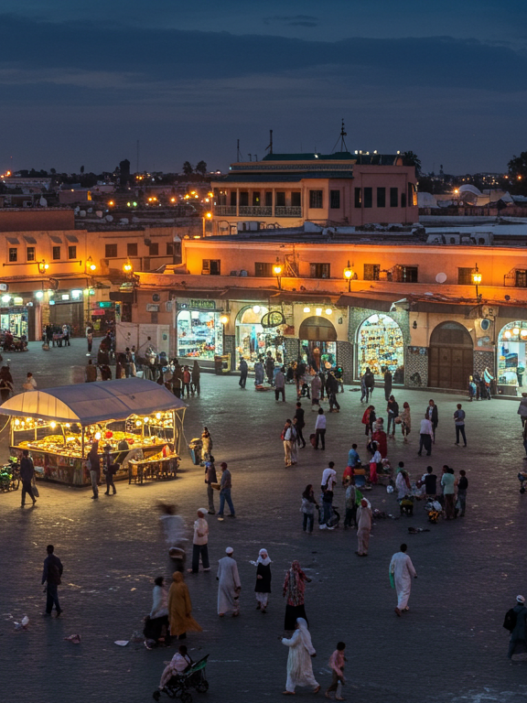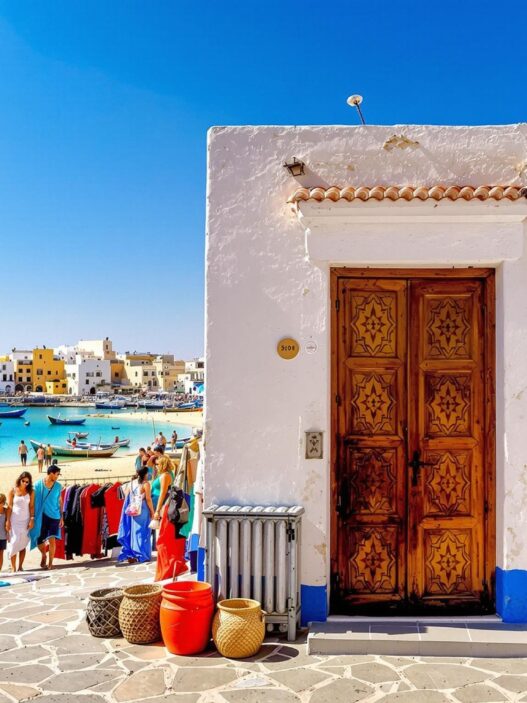Marrakesh, a city celebrated for its vibrant culture and history, was named the Capital of Culture in the Islamic World for 2024 by the Islamic World Educational, Scientific, and Cultural Organization (ICESCO). This recognition not only highlighted its importance within the Islamic world but also emphasized the city’s ongoing efforts to preserve and promote its rich heritage. Throughout the year, various initiatives showcased Marrakesh’s cultural treasures, blending ancient traditions with modern efforts to protect them for future generations.
The Significance of the Title
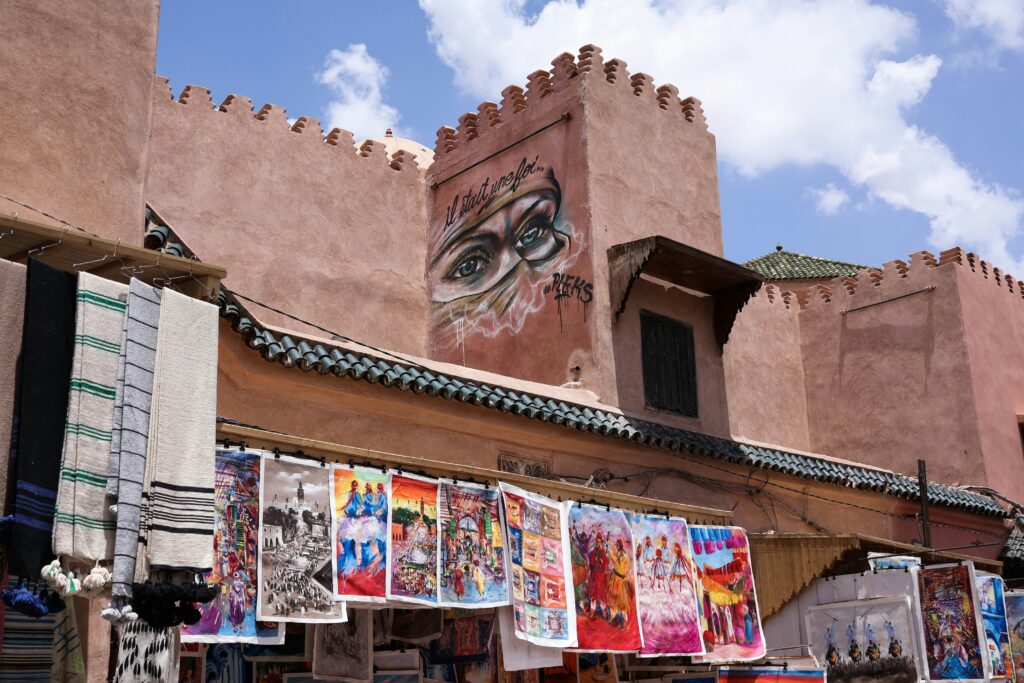
The announcement by ICESCO was more than a ceremonial gesture; it marked Marrakesh as a cultural beacon in the Islamic world. The launch event, held under the patronage of King Mohammed VI, featured speeches by prominent figures, including ICESCO’s Director General Salim M. AlMalik, who praised Marrakesh as a “city of life, spirit, and harmony” [1]. This designation provided the city with a platform to elevate its cultural preservation projects, drawing attention from both local and global communities.
Preservation of Architectural Heritage
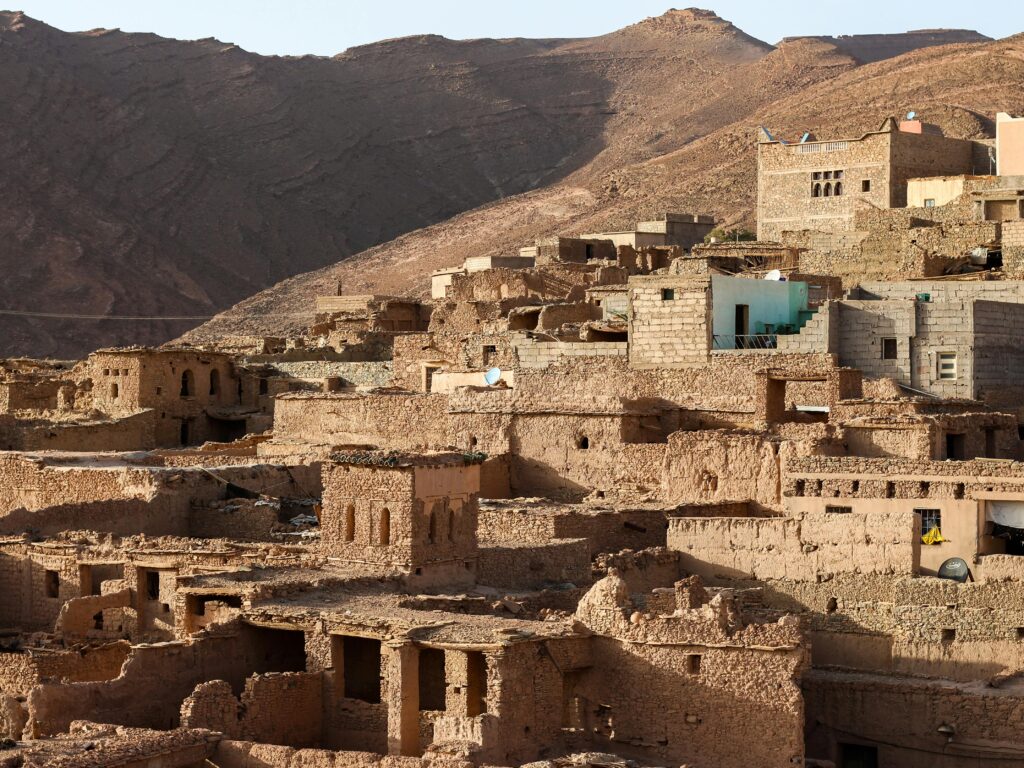
The architectural wonders of Marrakesh, such as the Koutoubia Mosque, Ben Youssef Madrasa, and the Saadian Tombs, were focal points of preservation efforts in 2024. The city’s medina, a UNESCO World Heritage Site since 1985, underwent various restoration projects to maintain the authenticity of its iconic structures. These initiatives aimed to protect Marrakesh’s architectural legacy, ensuring that its historic charm remains intact for both residents and visitors [2].
Highlighting Intangible Heritage
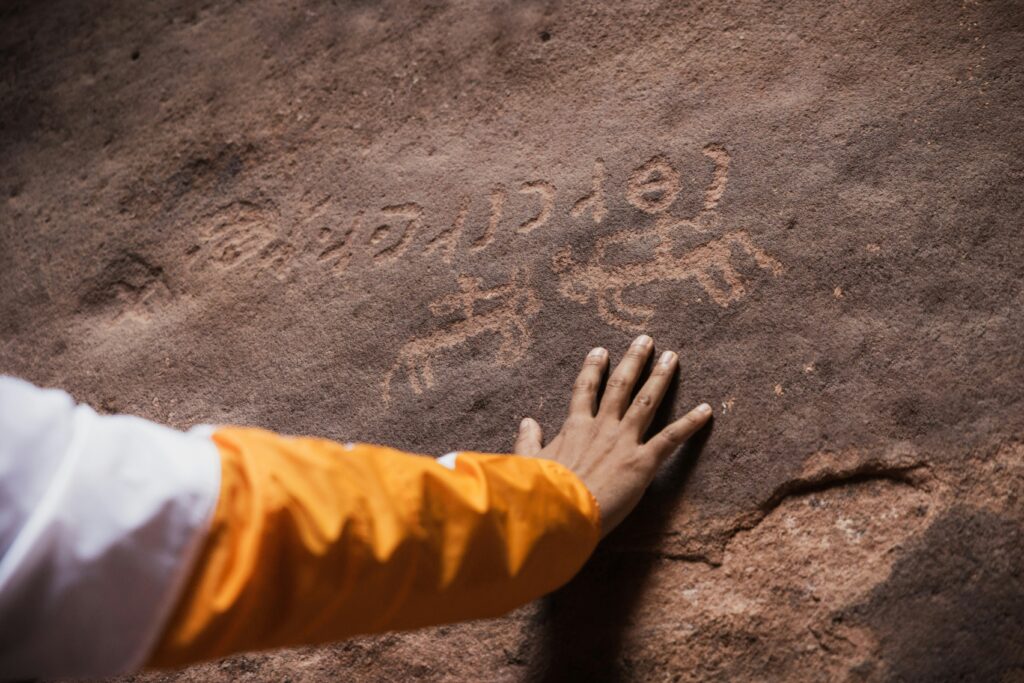
While Marrakesh is renowned for its stunning architecture, its intangible cultural heritage is equally captivating. Traditional music, oral storytelling, and folk dances were celebrated throughout the year in various events and performances. Jemaa El Fna Square, a UNESCO-recognized cultural space, served as the heart of these activities. The square came alive with storytellers, musicians, and artists who embodied the city’s living traditions, further enriched by workshops organized during ICESCO’s Cultural Week [3].
ICESCO Cultural Week: A Key Event
In April 2024, ICESCO hosted a Cultural Week in Marrakesh, themed “City of Heritage, Art, and Culture.” This event featured exhibitions, seminars, and performances that showcased the city’s artistic and cultural wealth. The Museum of Intangible Heritage, located in Jemaa El Fna Square, played a central role by hosting exhibitions and interactive workshops. Visitors had the opportunity to engage with traditional crafts and learn about the historical significance of Marrakesh’s cultural practices [4].
Educational Programs for Future Generations
Preservation efforts in Marrakesh also focused on educating younger generations. Collaborative workshops between ICESCO, local universities, and cultural institutions emphasized heritage conservation and traditional crafts. The National School of Architecture in Marrakesh organized seminars on the city’s unique architectural styles and their preservation. These initiatives aimed to equip students and professionals with the knowledge and skills necessary to continue the work of cultural preservation [5].
Community Engagement and Global Recognition
Local communities played an essential role in the success of Marrakesh’s cultural preservation initiatives. Artisans, performers, and residents participated in various events, ensuring that the city’s traditions were not only preserved but also actively practiced. This grassroots involvement fostered a sense of ownership and pride among Marrakesh’s inhabitants. Furthermore, the city’s designation as the Capital of Culture brought international attention, attracting scholars and tourists eager to explore its rich heritage. This global spotlight boosted the local economy and underscored the importance of cultural preservation as a shared human endeavor.
Conclusion
The year 2024 was a transformative period for Marrakesh, reaffirming its status as a cultural hub in the Islamic world. Through architectural restoration, celebration of intangible traditions, educational programs, and community involvement, the city demonstrated its commitment to preserving its heritage for future generations. Marrakesh’s efforts serve as an inspiring example of how cultural identity can be preserved while adapting to the demands of modernity.





